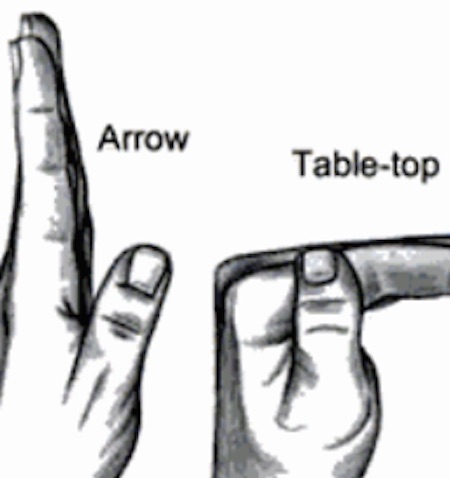Rotator Cuff Pathology
What is the rotator cuff and rotator cuff pathology?
The rotator cuff is the group of four muscles and tendons that surround the shoulder joint, providing strength and stability. Above the rotator cuff there is a bursa, or sac of tissue, that covers and protects the rotator cuff from friction as it comes into close contact with bones around the shoulder (see Figure 1). When the rotator cuff is injured or damaged, it can lead to inflammation of the bursa, called bursitis, which causes pain and loss of motion. Thickening of the rotator cuff and its bursa can then ensue. Impingement syndrome is where these tissues impinge against the bones around the shoulder. This can cause pain and damage to the rotator cuff.
While some rotator cuff injuries can occur in younger people secondary to trauma, most injuries result from aging and degeneration of the rotator cuff. Damage to the rotator cuff can vary from microscopic tears or fraying to large irreparable tears. Symptoms may include pain, weakness, restricted motion, catching, locking, and a feeling of instability. Rotator cuff pathology has a wide spectrum of presentation including bursitis, tendinitis, rotator cuff fraying, partial rotator cuff tear, complete rotator cuff tear, and endstage arthritis and instability caused by absence of the rotator cuff.
Signs and Symptoms
Rotator cuff tears increase in incidence with age, however not all rotator cuff tears are painful, and many individuals with rotator cuff pathology are completely asymptomatic and do not require treatment. When it does become symptomatic it can present in a variety of ways ranging from minor problems to severe pain and limitation of function. Onset of symptoms can be related to ordinary activities of daily living, or they can be attributed to a single event. The symptoms are usually aggravated in certain activities, such as reaching backwards to fasten a seat belt or lifting with the arm outstretched. Symptoms are worse when the arm is elevated overhead, especially if the elevated arm is loaded, such as picking up a stack of plates out of a cupboard. Overhead activities like pitching, throwing, tennis or racquetball) commonly worsen symptoms.
How is rotator cuff pathology diagnosed?
History and physical examination are the best way to initially evaluate rotator cuff pathology. It is important for the doctor to differentiate shoulder pain coming from places other than the shoulder, such as the neck or the elbow. On the exam, pain may be elicited by overhead maneuvers, and there may be weakness of the shoulder muscles. Although plain x-rays do not show the rotator cuff muscles, they are helpful to look for calcifications, arthritis, fractures, or bone problems such as spurs that can cause rotator cuff tears. If conservative treatment fails to improve the situation an MRI is the next step in evaluating the shoulder and the rotator cuff with an eye toward surgery (see Figure 2). It can be used to look for tears or inflammation of tissues and to help determine the size and character of the tear to guide surgical treatment.
What are the treatment options?
Modification in activities and learning to use the shoulder in a safer, more comfortable manner is important. Proper lifting technique is also emphasized. Physical therapy may help improve mobility and strengthen shoulder muscles. Anti-inflammatory medications and cortisone injections are used for both relieving pain and decreasing inflammation.
If these treatments fail, surgical intervention is a reasonable option. Arthroscopy is often used to remove inflamed bursa and impinging bone spurs. The end of the clavicle (collarbone) may need to be removed if it has impinging spurs. Rotator cuff tears may be repaired surgically at the same time. Not all Partial tears or fraying of the rotator cuff require repair. Some very large tears, particularly those associated with resultant arthritis, simply cannot be repaired and may require joint replacement surgery. Surgical treatment for rotator cuff pathology will most often improve a patient’s symptoms and function, but it will rarely return the shoulder to normal. Many factors are involved in the final outcome following surgery including patient age, extent of pathology/injury, degeneration of tendon tissue, associated joint contracture and presence of osteoarthritis.
Rehabilitation
Postoperative treatment depends on which surgical procedure is performed, but therapy is a critical part of the recovery. Therapy can last from three to twelve months. A coordinated effort between the patient, surgeon and physical or occupational therapist is required.
Taken/adapted/modified from ASSH website.




 [nbsp]
[nbsp]
 copy.jpg)
